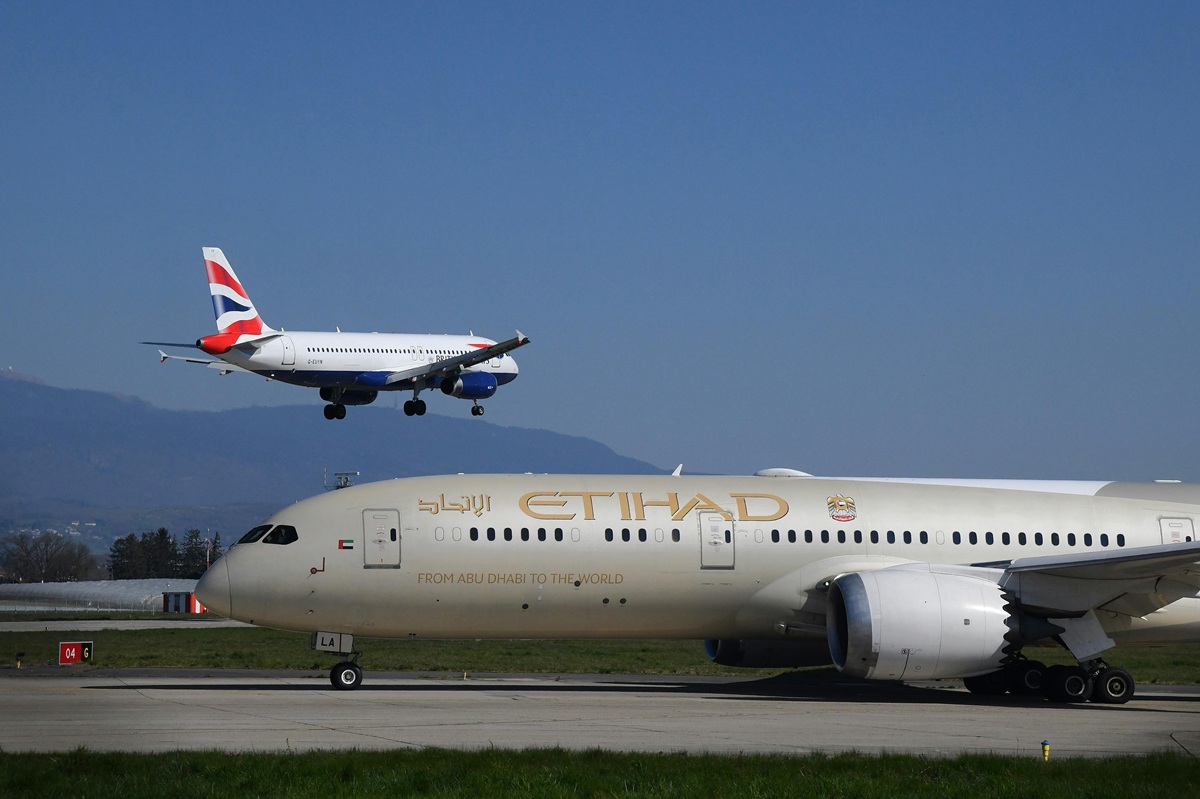
Both the aviation and maritime sectors have committed to reducing their net greenhouse gas emissions to near zero by 2050. To achieve this, there are many measures that can be implemented, of varying effectiveness and reliability: efficiency improvements, modal shift, offshoring and offsets outside the sector, etc. However, the most impactful step would be to drastically reduce the carbon intensity (CI) of the fuels used by aircraft and ships.
The total shift to low-carbon energy carriers poses enormous quantitative and qualitative challenges to both industries, not least because they must act in concert. The challenges associated with this shift and the tools that could be used to address them are interrelated and have important implications for each sector’s decarbonisation strategy.
One of these implications concerns biofuel, a key energy carrier for both industries’ plans, in particular because biofuels can be blended with conventional fuel for shipping and aviation. According to a recent model developed by the consultancy DNV for the International Maritime Organisation (IMO), biofuel demand in the maritime sector will reach between 2.0 and 7.8 Exajoules (EJ) by 2050, which is between 47% and 181% of the 4.3 EJ of biofuels currently produced globally.
The problem, in short, is that the amount of biofuels that both industries plan to use in the future far exceeds the amount of existing biofuels, and scaling up new supply chains and climate-friendly biofuels comes with significant challenges. Airlines have fewer alternatives when it comes to energy carriers, so they will be highly motivated to spend more than shipping companies (and any other industry) on all the biofuel they can get their hands on. The implication for the shipping industry is clear: unless things change, the role biofuels can play in its energy transition will be limited at best.
The process of moving a 200,000-tonne cargo-laden ship across ten thousand kilometres of ocean favours energy-dense fuels, not least because the amount of space devoted to on-board energy storage affects the amount of paying cargo a ship can carry. Aircraft have even less room for manoeuvre. Energy-dense hydrocarbons power the vast majority of aeronautical applications and will continue to do so for the foreseeable future, as liquid fuels, which pack a lot of energy into a small, lightweight package, help mitigate the fundamental difficulty of getting and staying airborne.
For years, the aviation industry has looked to biofuel as the energy source to rely on to drastically reduce emissions. It has popularised a generic term for the fuel – ‘sustainable aviation fuel’ or SAF – that appropriates biofuels’ promise of a carbon-neutral, closed-loop future, while maintaining some distance from biofuel’s real challenges. However, regardless of how it is marketed, PBS made from biogenic feedstock is still biofuel, which means that production at bio-SAF scale poses many of the same challenges to food markets, water quality and ecosystem health that have made mass production so problematic.
Hence, innovation in technologies that can produce biofuels more sustainably and efficiently is now more necessary than ever.
Source: Clean Air Task Force